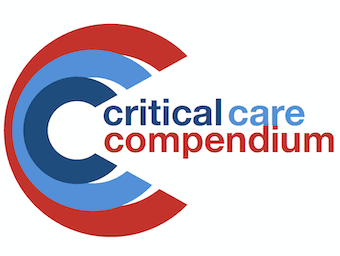
Opioid Overdose
Opioid Overdose: miosis; CNS depression; respiratory depression; complications of hypoxia: seizures, dysrrhythmia, brain injury

Opioid Overdose: miosis; CNS depression; respiratory depression; complications of hypoxia: seizures, dysrrhythmia, brain injury

Paraquat Poisoning; highly toxic herbicide; common agent in suicide in 3rd world; leading single agent causing death from pesticide poisoning in many countries including Sri Lanka

The patient's form a heterogeneous group that requires a systematic approach based on early resuscitation where needed, risk assessment to guide further management and early consideration of the underlying psychosocial issues.

AKI is the entire spectrum of disease (mild -> severe), and can be defined as an abrupt (1 to 7 days) and sustained (more than 24 hours) decrease in kidney function. Mortality of critically patients with acute renal failure is high (50%–60%)

Acute kidney injury (AKI) is a common problem in the critically ill associated with increased morbidity and mortality

Renal Transplant; commonest transplant; anastamosed to common iliac artery and vein in the pelvis. the ureter is plumbed into the bladder; allows ease of access for palpation and biopsy

AKI can be defined as an abrupt (1 to 7 days) and sustained (more than 24 hours) decrease in kidney function. The ADQI formulated the RIFLE criteria in 2004 to allow for AKI to be objectively and uniformly defined.

Dosing is different to non-critically ill patients
Different antimicrobials have different kill characteristics, which can be demonstrated on a concentration vs time graph for antibiotic activity

See RCH Melbourne Guidelines:

ILCOR = International Liaison committee on Resuscitation = conglomerate of resuscitation councils worldwide. Changes in 2010

Reviewed and revised 24 May 2014 OVERVIEW MECHANISM OF ACTION TOXICOKINETICS RISK ASSESSMENT CLINICAL FEATURES Effects include: Complications INVESTIGATIONS (Guided by clinical assessment) Laboratory tests MANAGEMENT Resuscitation Supportive care and monitoring Decontamination Disposition References and Links Journal articles

Renal replacement therapy: Fluid Management